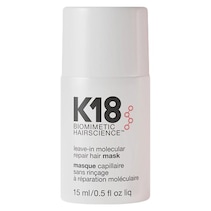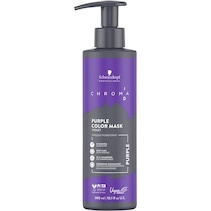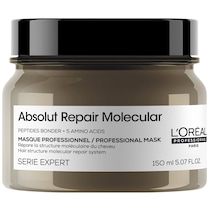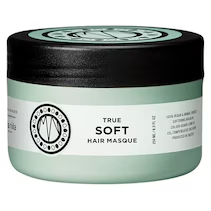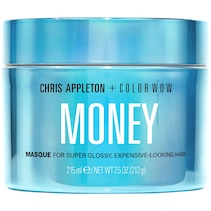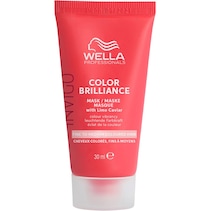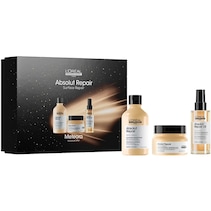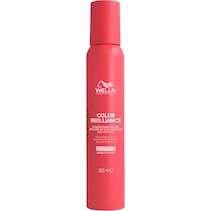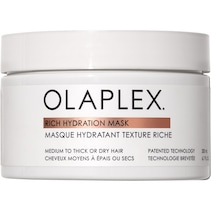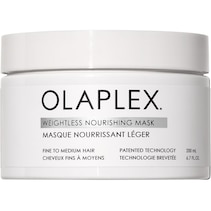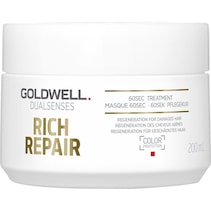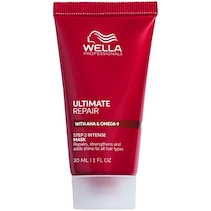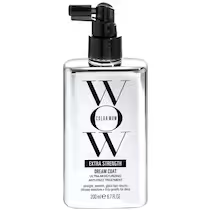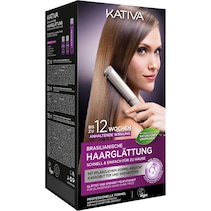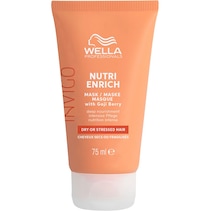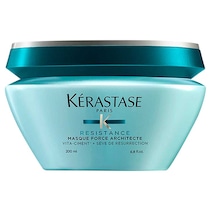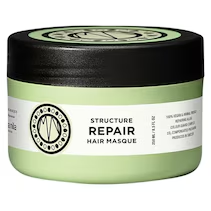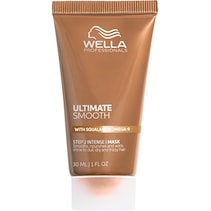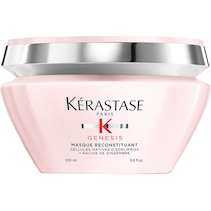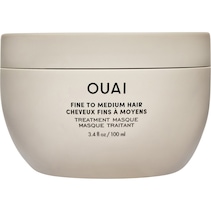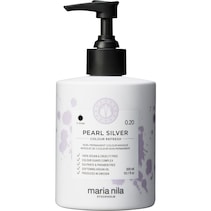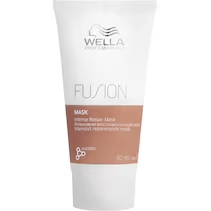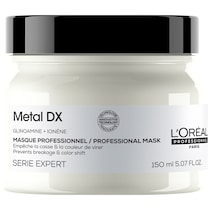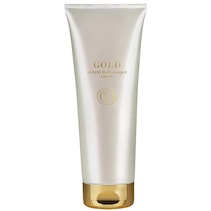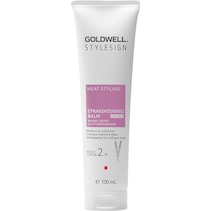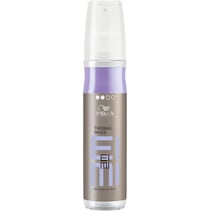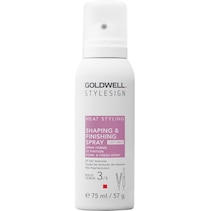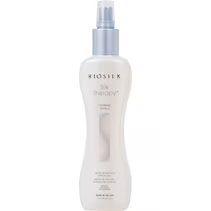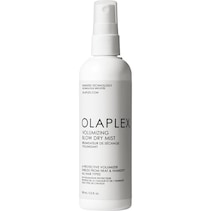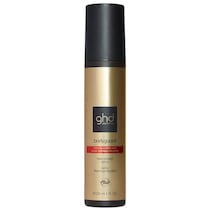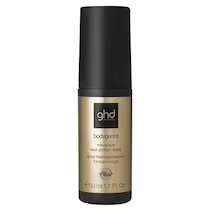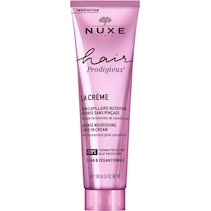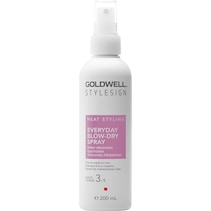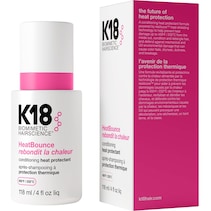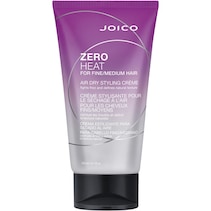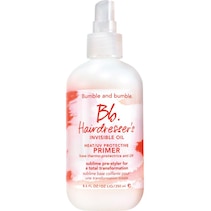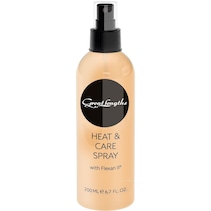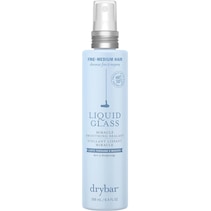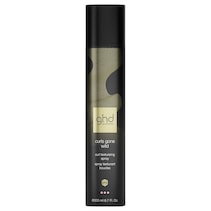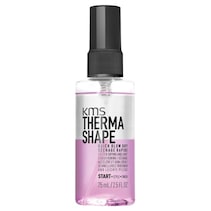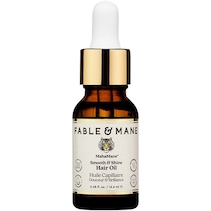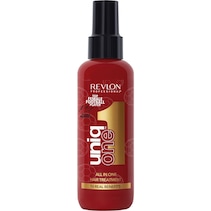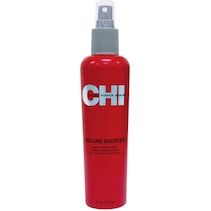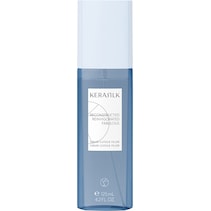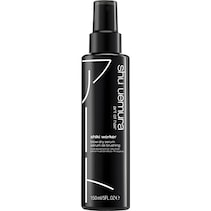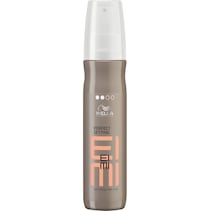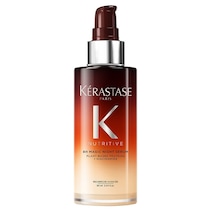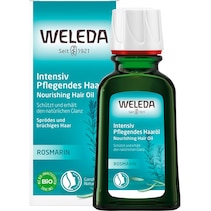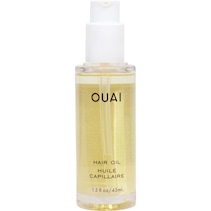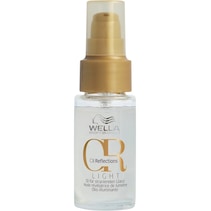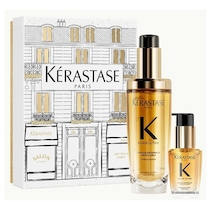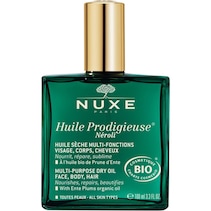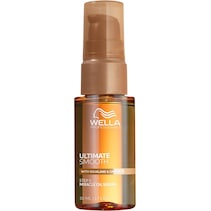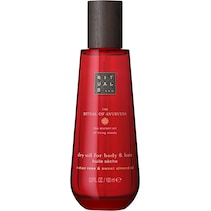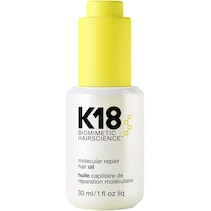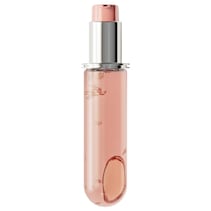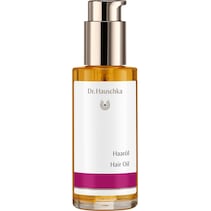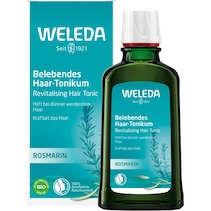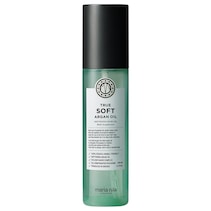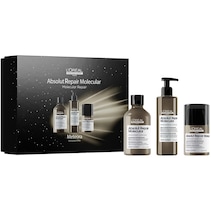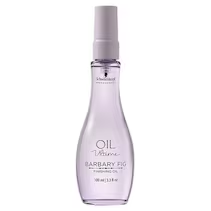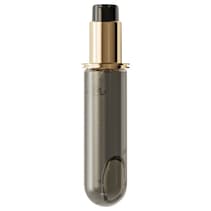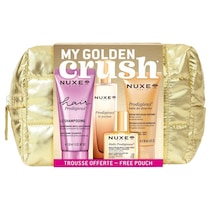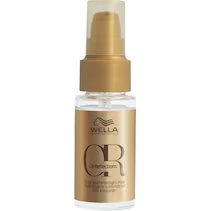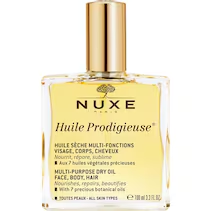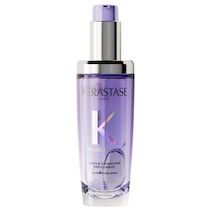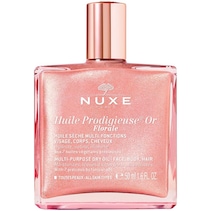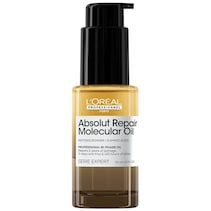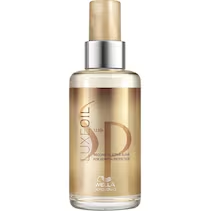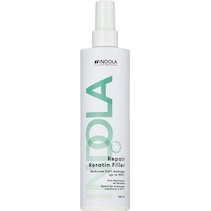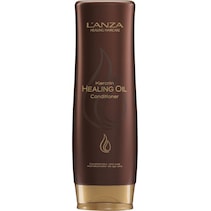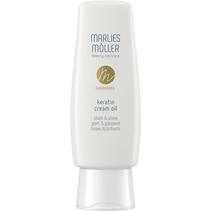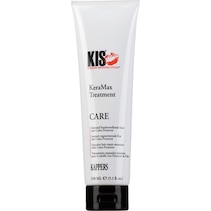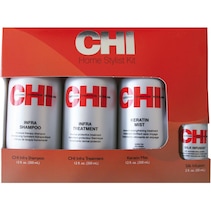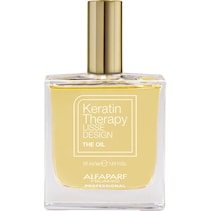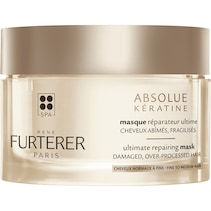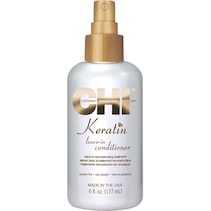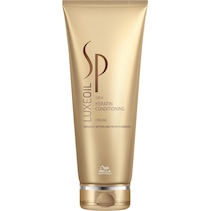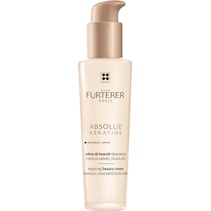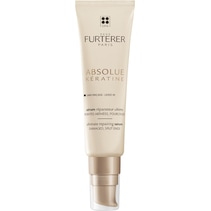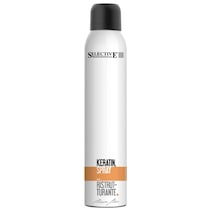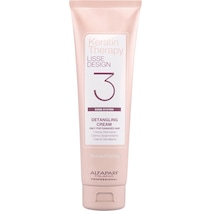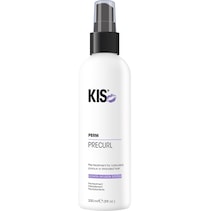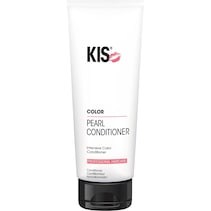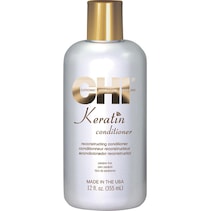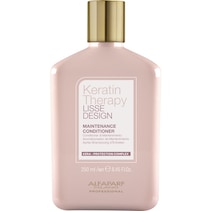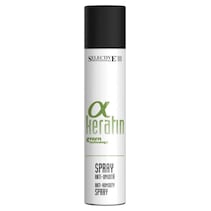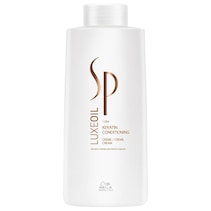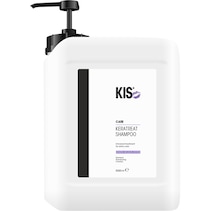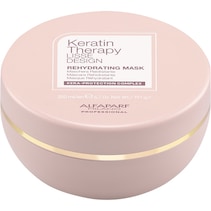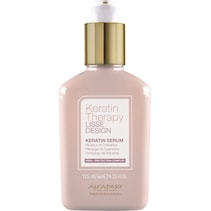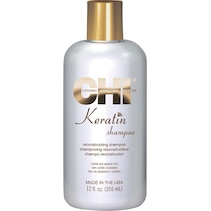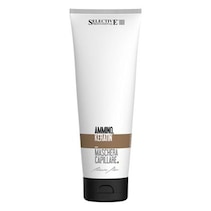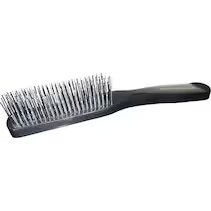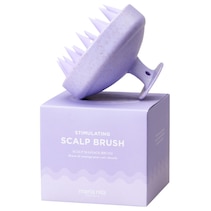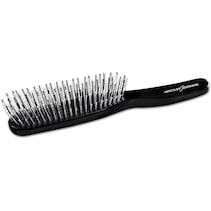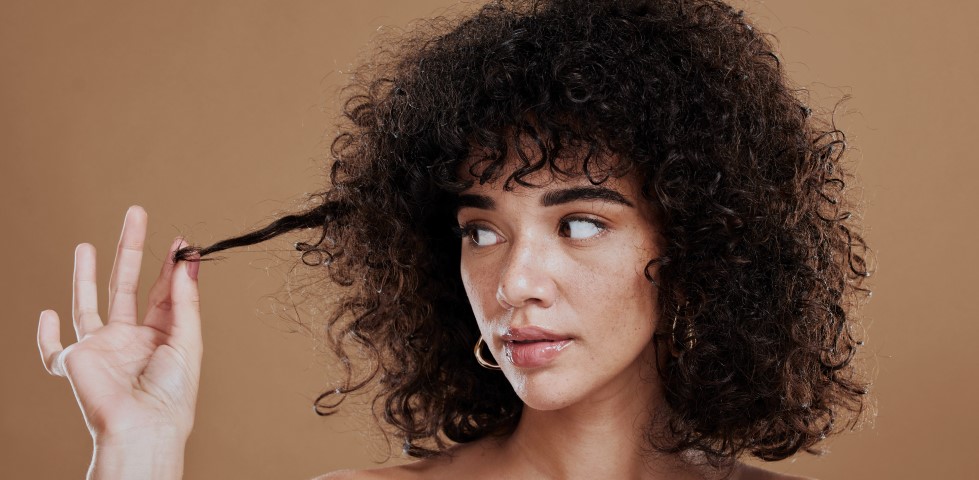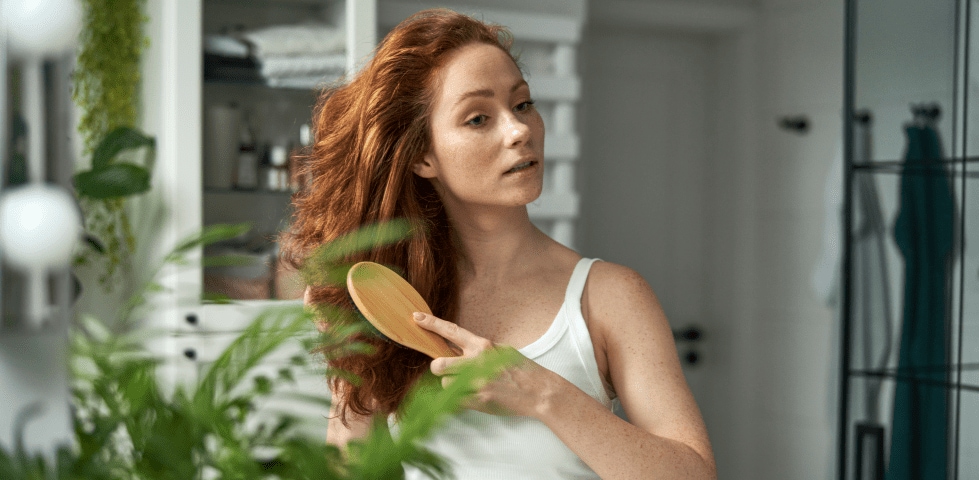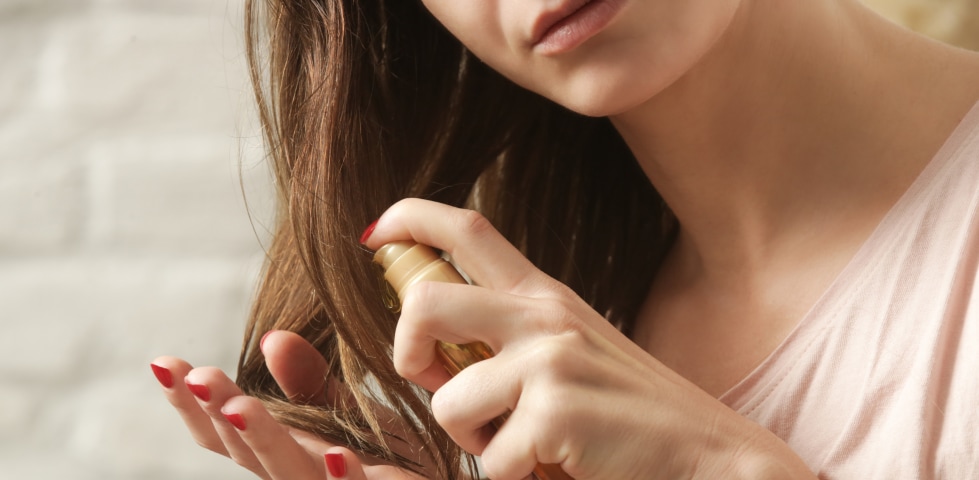
How to prevent split ends – the best tips against damaged ends
If you discover strands with split ends, you don’t need to worry. With the right techniques and professional care methods, split ends are easy to get under control. We show you what causes split ends, what types of split ends there are and what you can do about split ends. With a little care and the right routines, you’ll feel and look amazing and split ends will be a thing of the past.
21 June 2024 • 5 min. reading time
Table of contents
What are split ends?
Split ends is a term for damaged hair ends. With split ends, the ends of the hair – as the oldest part of the hair shaft – split due to damage. It can also happen that the ends remain intact and the hair splits further up. In this case, split hairs are much more difficult to detect.
To prevent your hair from losing its healthy shine and bounce, it is important that you intervene at the first signs of split ends and counteract dry ends and hair damage with the right care routines.
What do split ends look like?
Split ends refer to the splitting of individual hairs – from the tip of the hair towards the root. Split ends are typically characterised by fine hairs fraying out. If you pull the protruding sections of hair apart, the hair splits further and further. If split ends are not treated in time, they can lead to hair breakage.
Indication of split ends: your hair becomes thinner and thinner towards the bottom and looks frayed. Curly, fine and intensively styled hair is particularly prone to split ends. Perms look great, but they can damage the hair. Hair dyes can stress coloured and bleached hair. If incorrect care routines and care products that are unsuitable for your own hair type are used on top of these factors, split ends can spread over large areas.
What types of split ends are there?
There are different types of split ends, which differ in their appearance:
- The basic split: A basic split is an example of early hair damage. This is an ideal time to intervene and prevent the split ends from getting worse.
- Small knot: If open hair gets tangled, it can form small knots that can lead to hair breakage and further splitting when brushed or combed. People with curly hair are particularly susceptible to knot formation.
- The tree: If split ends are more advanced, branched patterns form that resemble the branches of a tree. In this case, your hair needs more intensive and careful treatment to completely remove the damaged hair and prevent further splitting.
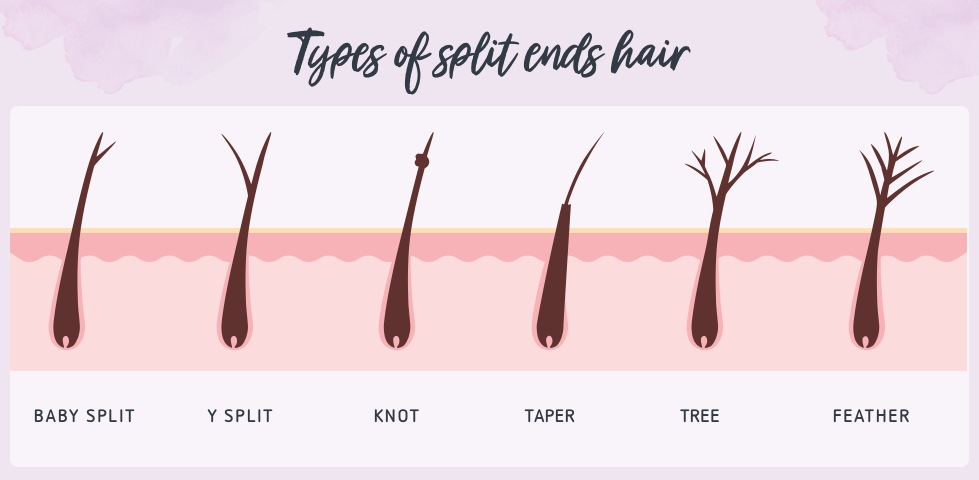
What causes split ends?
Hairs have a fixed cell structure with closed hair ends. If you use care products that are not recommended for you, expose your hair to excessive sunlight and do not moisturise your hair sufficiently or style it with too much heat and unsuitable styling tools, your hair will dry out. Rough bed linen and towels with coarse textures cause friction that damages the hair. Washing hair too often also removes natural oils from the hair and upsets the moisture balance. The hair ends will become more and more porous and brittle until they start to split and develop the frayed look typical of split ends.
How to prevent split ends
The best way to prevent damaged and split ends is to regularly care for your hair – using high-quality care products that are specially adapted to your hair’s needs – and prevent the ends from drying out. You should also plan regular haircuts into your hair care calendar to remove frazzled ends and prevent splitting. How often your hair needs to be cut depends on the structure, length and health of your hair, and specifically on how well it is supplied with moisture and nutrients. An interval of six to eight weeks between haircuts is standard.
What can you do about split ends?
The most effective and unfortunately also the only really effective way to get rid of split ends is to cut off the hair. Damaged ends cannot be repaired – at best they can be skilfully concealed. To prevent split ends from recurring after a good cut, which you can do yourself with the right hair scissors, you should concentrate on caring for your hair properly from that moment on.
Cutting split ends
If you want to change your style, it may be worth investing in a visit to the hairdresser and sacrificing a few centimetres in length.
However, if you just want to get rid of split ends, the twist cut method is your first port of call. With this method, twist individual sections of hairs and then run your fingers up the twisted strand from the ends to reveal any little hairs sticking out, which you then cut off.
With the hair dusting method, the hairs are pulled tight from top to bottom. All hairs that stick out are cut off carefully. Special heated scissors are often used for cutting split ends, which are heated to temperatures between 110 and 140 degrees Celsius.
The aim of this method is to seal the ends during cutting and keep them split-free for longer.
Tip
If you discover hairs that are splitting, you should avoid tearing off protruding hairs with your fingers or cutting them off with simple paper scissors. Only with professional hair scissors can you achieve sharp edges that won’t split again.
Hair care routines to prevent split ends
If you discover hairs that are splitting, you should avoid tearing off protruding hairs with your fingers or cutting them off with simple paper scissors. Only with professional hair scissors can you achieve sharp edges that won’t split again.
Hair treatments and hair masks: Hair that splits is lacking moisture and nutrients. With high-quality hair treatments and hair masks, you can nourish weakened hair and supply it with valuable moisture. The hair structure will become more stable and split ends will be reliably prevented. You can use a hair treatment twice a week.
Heat protection: Heat – whether from a blow-dryer, straighteners or a curling iron – dries out the hair. Avoid using appliances on full power and choose a medium setting to style your hair to perfection.
Hair oils: Hair oils keep the ends of your hair elastic and flexible and protect it from everyday environmental stresses. They are ideal for preventing split ends and delaying further splitting.
Haarmasken
Heat protection
Hair oil
Keratin products: Keratin is a substance that naturally occurs in the hair and that strengthens it, makes it less susceptible to heat and cold and helps to prevent breakage. However, you should use keratin shampoos and other keratin products with due caution. Too much keratin will cause your hair to become too hard and break.
Head massages: Head massages strengthen the scalp by boosting blood circulation and stimulating the sebaceous glands. Your hair will grow stronger. Special lotions for the scalp amplify these positive effects and further boost hair growth.
Nutritional supplements: Products that supply the hair with important nutrients in the form of zinc, selenium and biotin strengthen the hair from within the body.
Wash hair less often: Frequent hair washing dries out the hair. Many professionals therefore recommend washing your hair no more than twice a week and using high-quality, soft brushes to brush your hair.
Products with keratin
Scalp massager
FAQs about split ends
Takeaway
Regular haircuts and care routines that are perfectly tailored to your hair’s needs will help you permanently prevent split ends and protect your hair from stress caused by heat and environmental influences. It is important that you recognise the causes of split ends and act fast. If you allow split ends to progress further, this can result in far more serious hair breakage.


